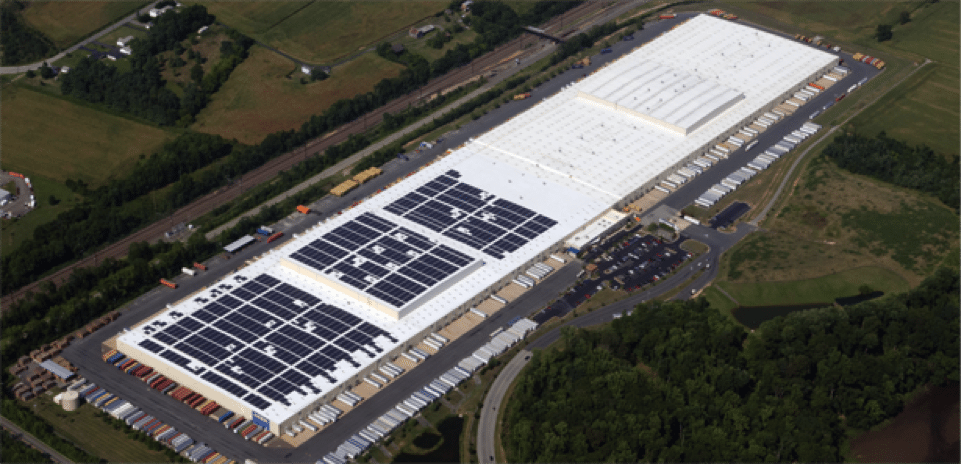Roofing and the Solar Investment Tax Credit Extension
Since its inception in 2006, the solar Investment Tax Credit (ITC) has helped annual residential and commercial solar installation grow by over 1,600%. And while 2015 saw the largest increase in installed solar ever, it is expected to double that amount of installed capacity in the next year.
This past year, the solar ITC was given a multi-year extension, providing business certainty to project developers and investors. Currently, the ITC offers a 30% dollar-for-dollar reduction in income taxes based on the solar investment. The extension will provide the tax credit on the basis that is invested in eligible property through projects which have commenced construction through 2019. The ITC then steps down to 26 percent in 2020 and 22 percent in 2021. After 2023, the residential credit will drop to zero while the commercial and utility credit will drop to a permanent 10 percent.
As a result of the extension, solar prices are expected to continue to fall. Solar power is one of the most versatile forms of generated electricity and can be deployed anywhere. It has great potential for fighting ongoing climate change as well as alleviating poverty through rural electrification. In addition, as prices fall for solar power generation, the installation and technological efficiencies will continue to climb as the ITC continues to drive growth and job creation across the U.S. While this extension is a great start, should the government continue to extend and expand the solar incentives to try and attract more commercial customers?
The answer is yes. With more and more businesses looking to gain a competitive advantage over their global counterparts, the solar ITC can help provide both installation savings through the tax credit but also year-over-year energy savings. However, for the roofing industry, the solar ITC needs to establish parameters for roofing installations on what is required of the roof underneath the solar installation in order to get the incentive. The roof should be in good condition to begin with prior to solar insulation. It should have the right insulation and membrane thickness to effectively support the solar installation. If the roof is not in these conditions, then the roof should be replaced with an appropriate system prior to the solar installation. You can’t put a cheap roof on or just not replace it and be allowed to install a solar system with the expectation of receiving the complete benefits. Not only will you eventually have problems with leaks from an insufficient roof, but you will also have to reinstall the complete solar array after you have replaced the roof.
The solar ITC is a great success for job creation and movements toward “clean” energy but as the solar industry grows so must stipulations for its continued success. We welcome your input on this matter. Have you seen problems with commercial solar installs? Do you see continued success in the government’s support of the solar ITC? Let us know what you think.
Kelly Wade, COO

